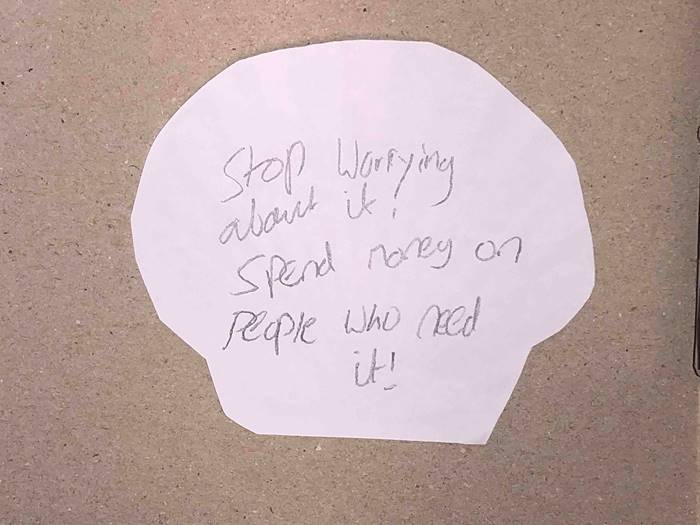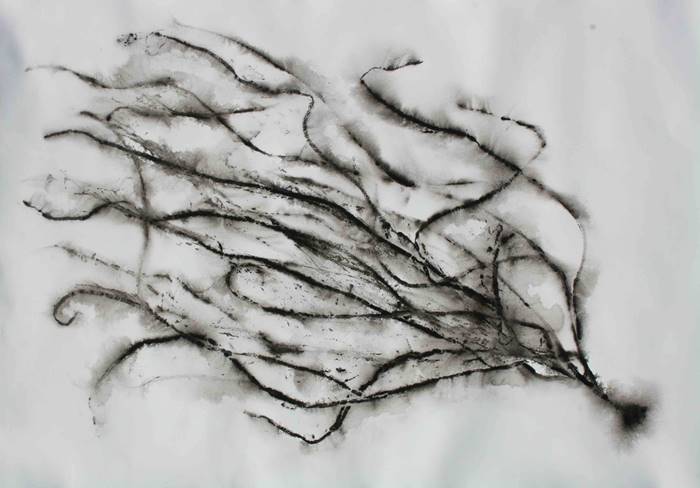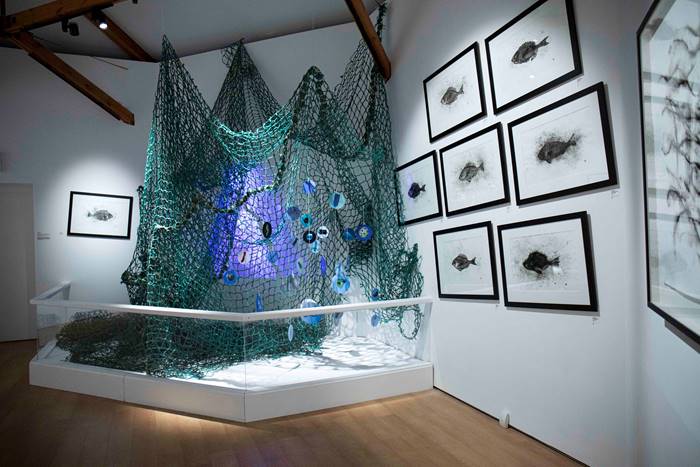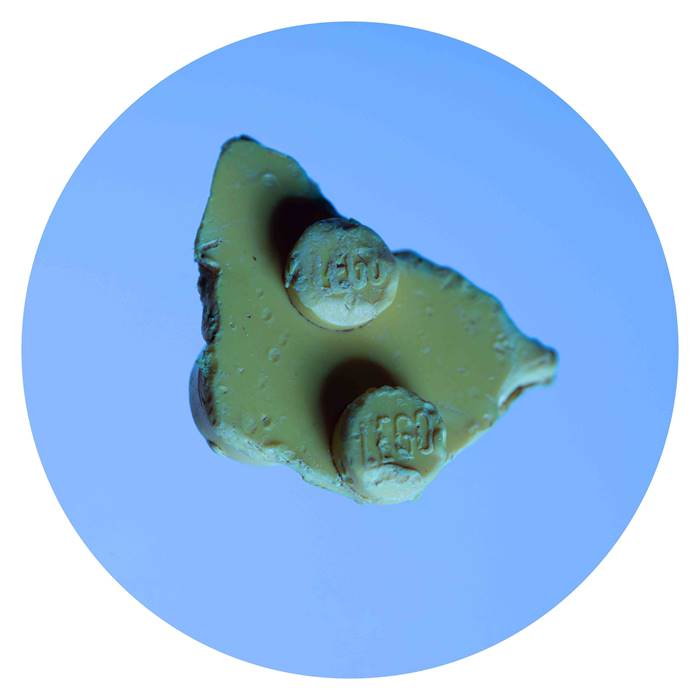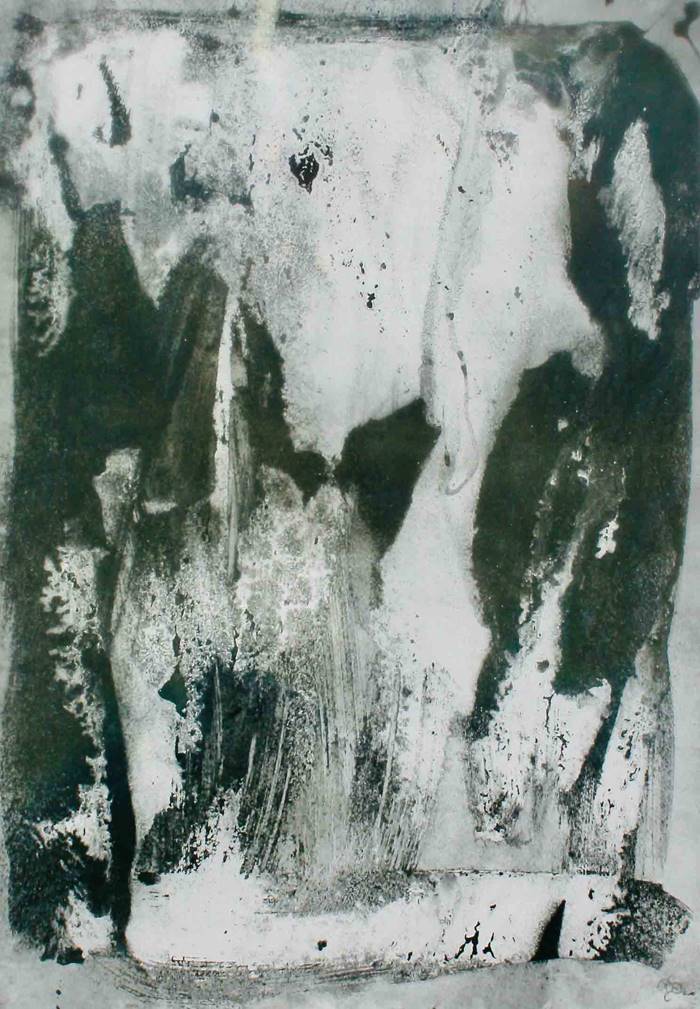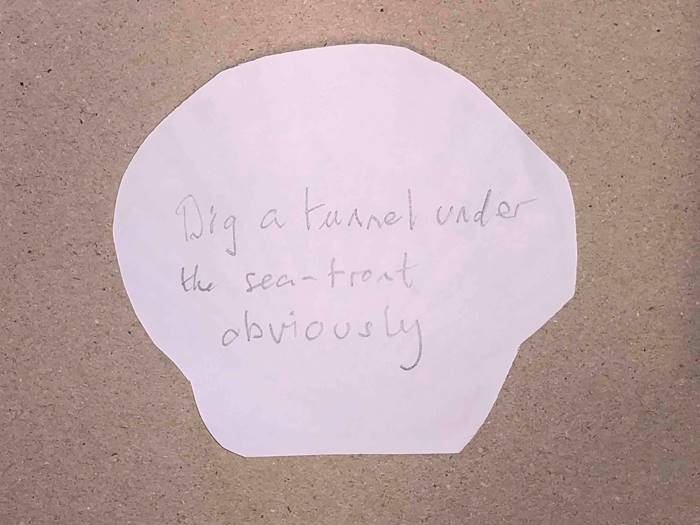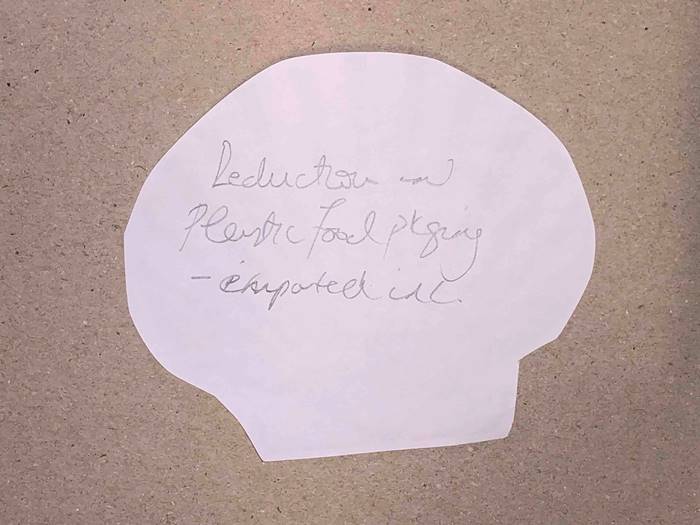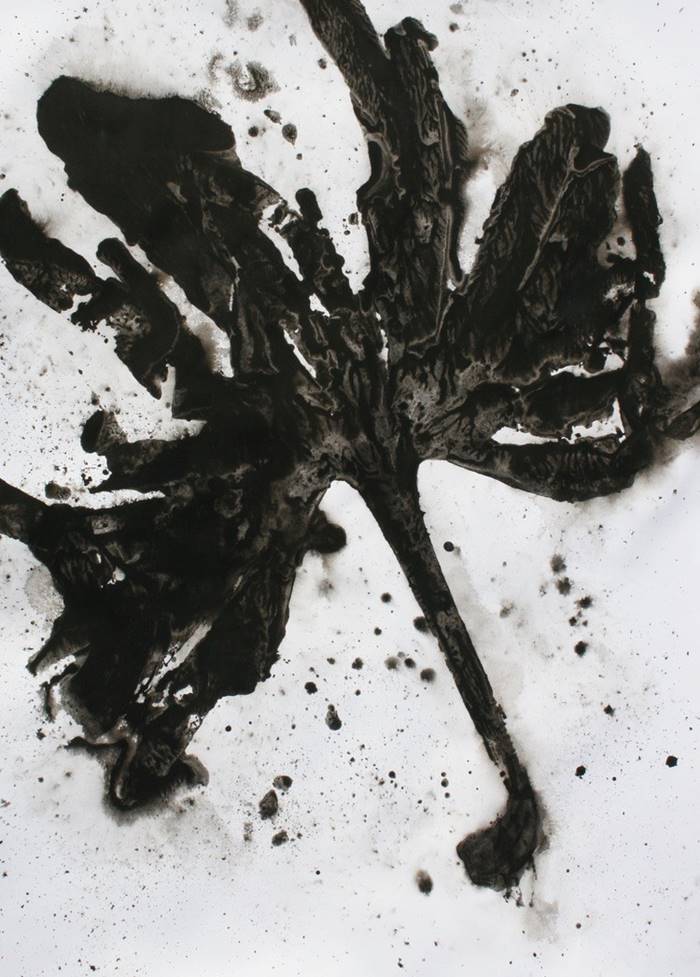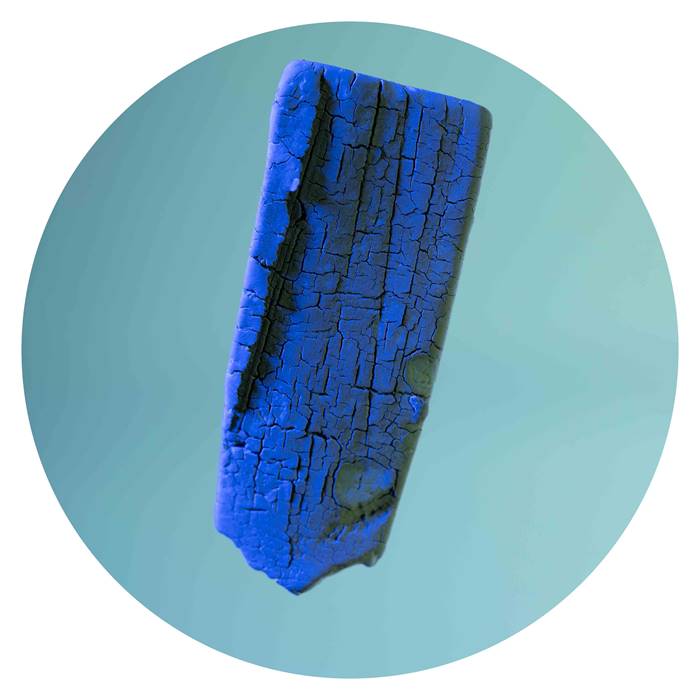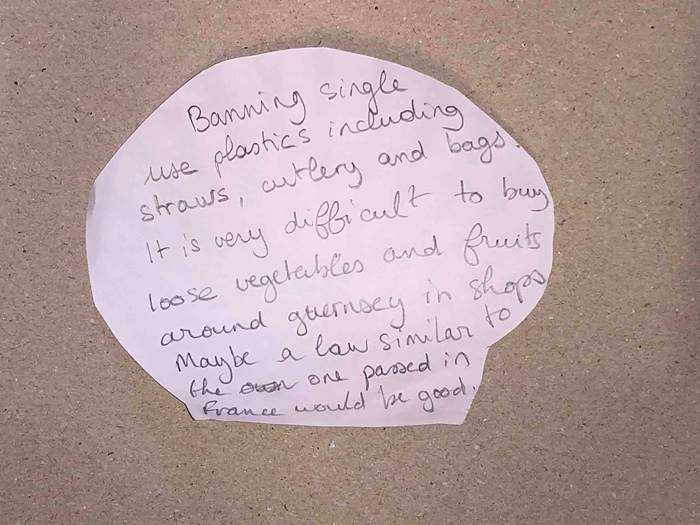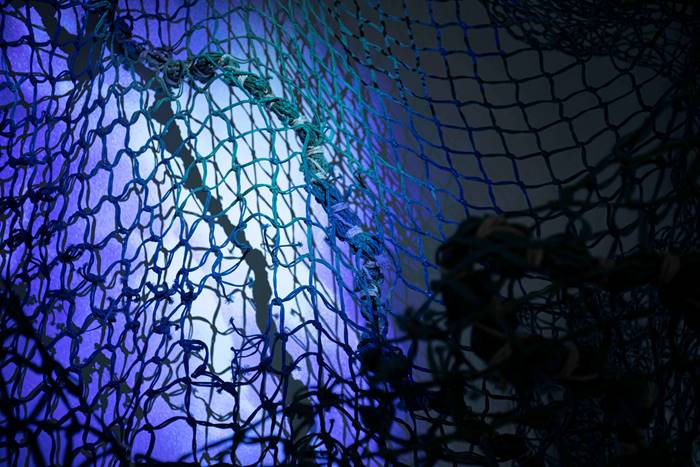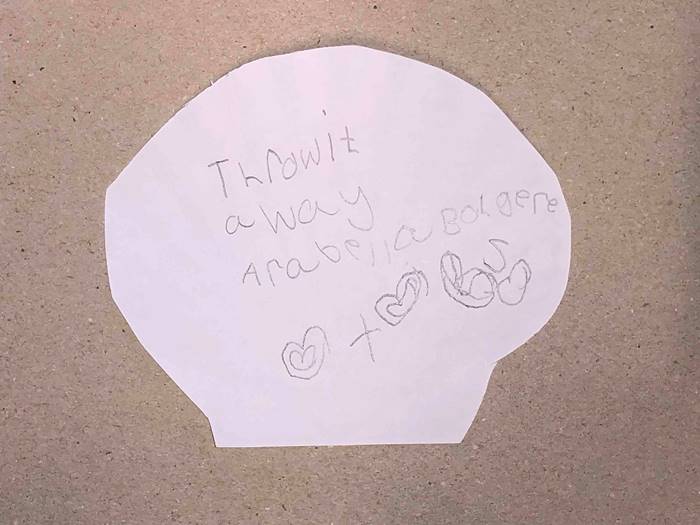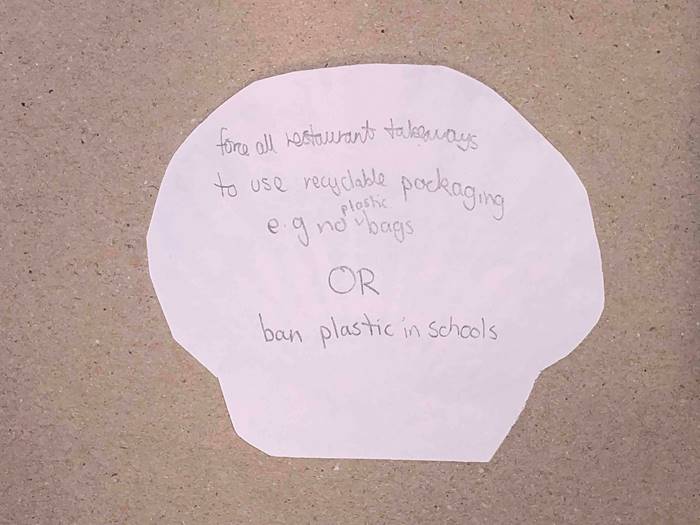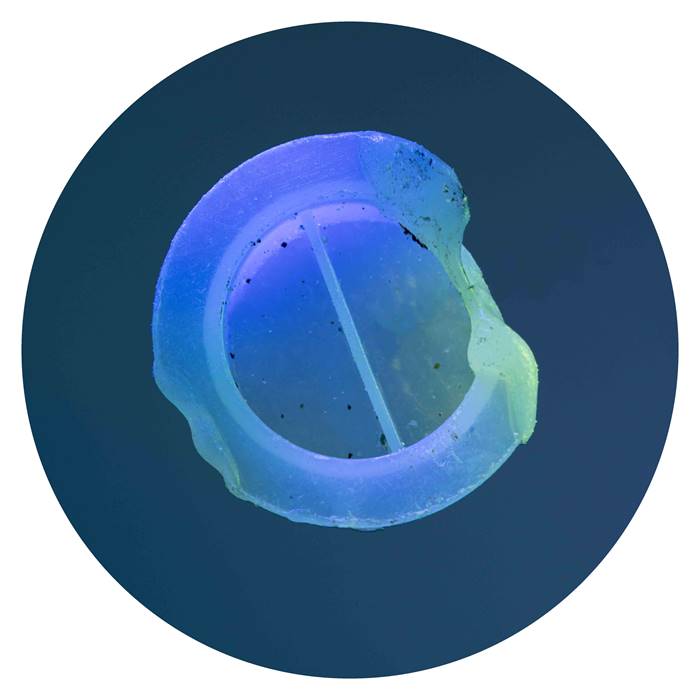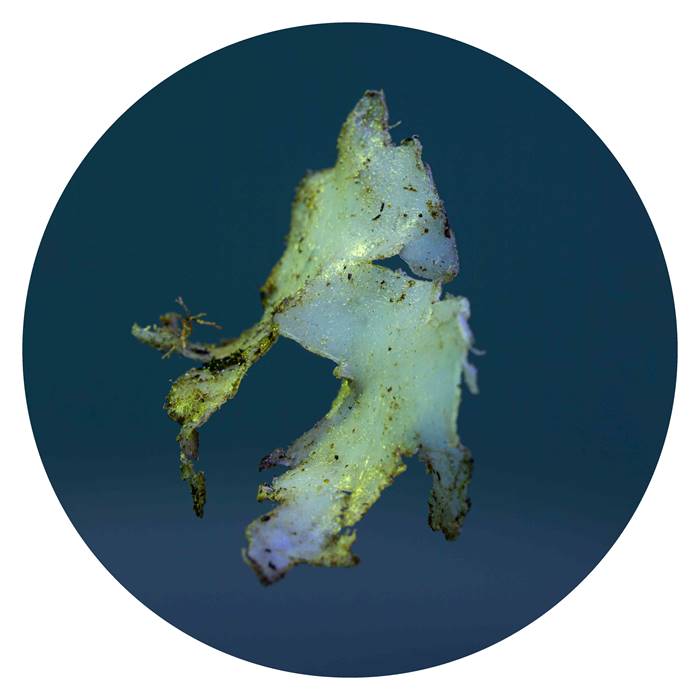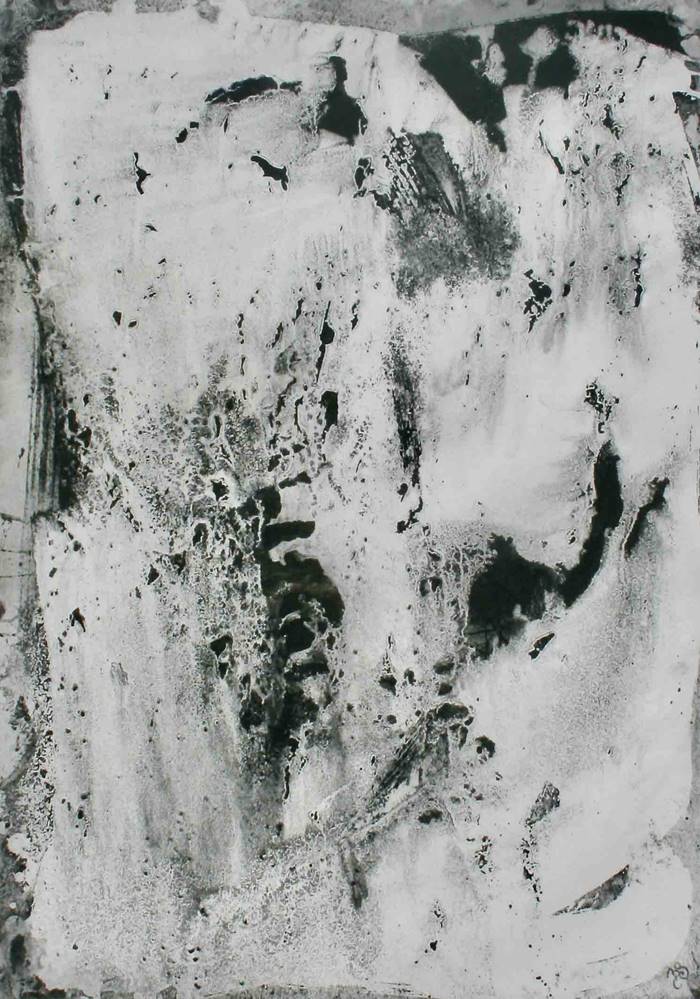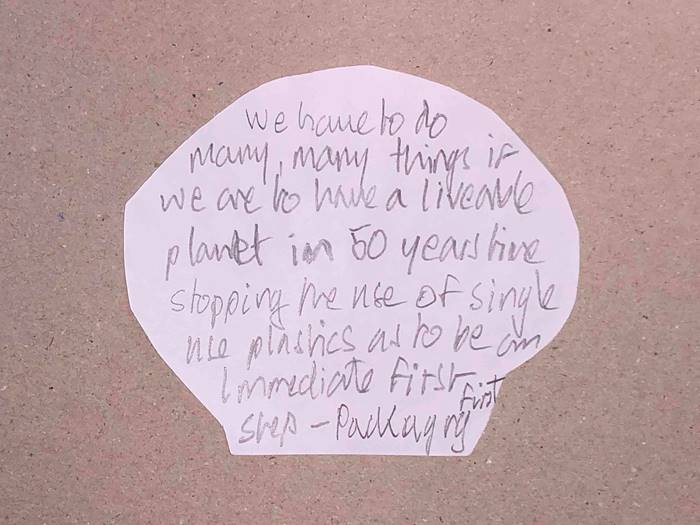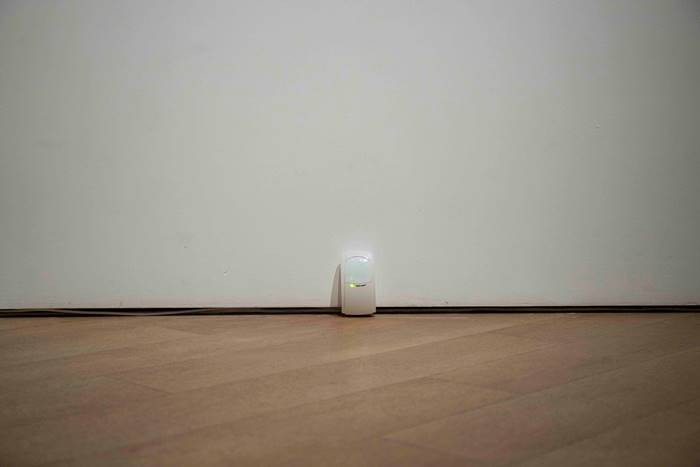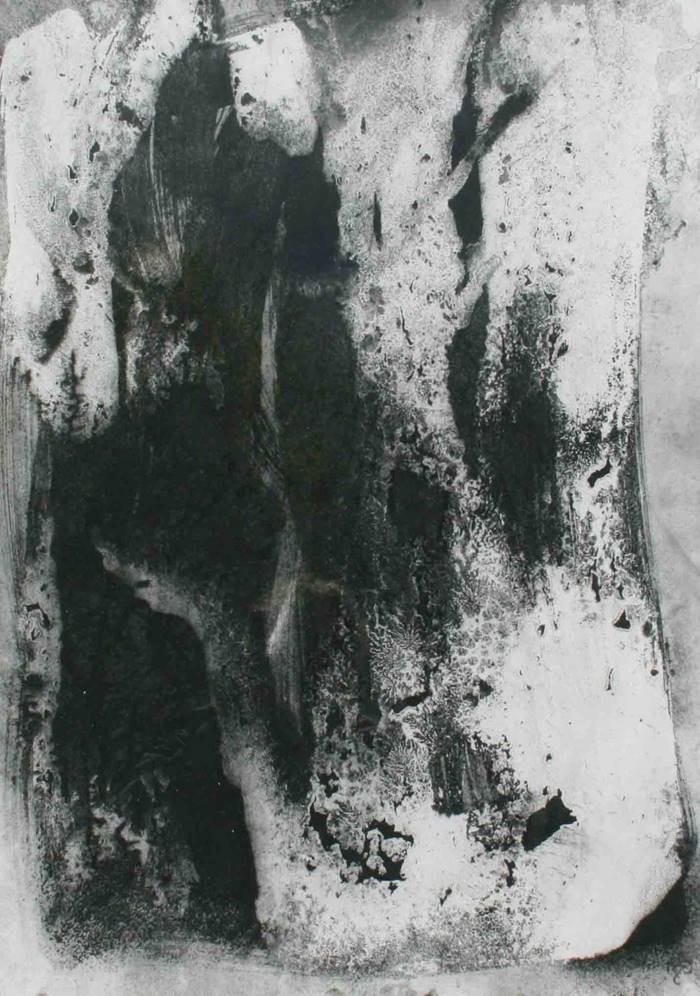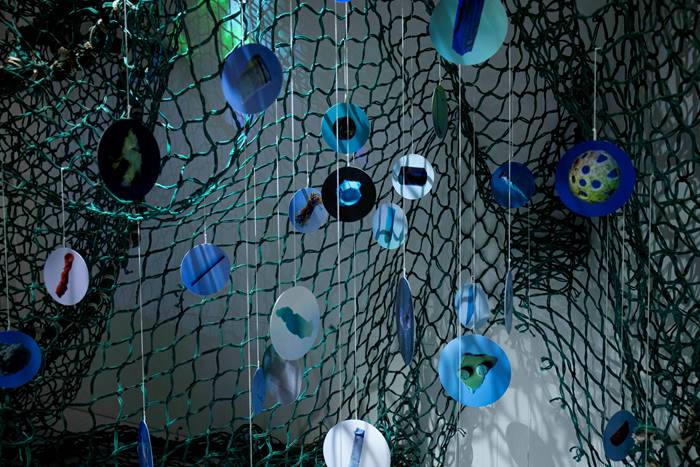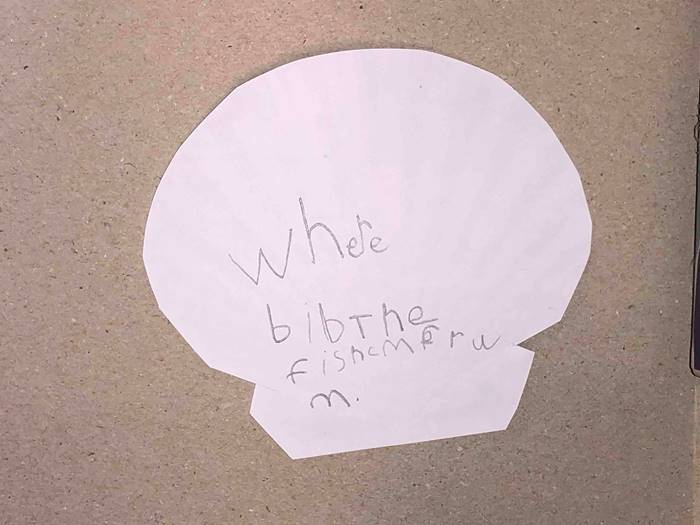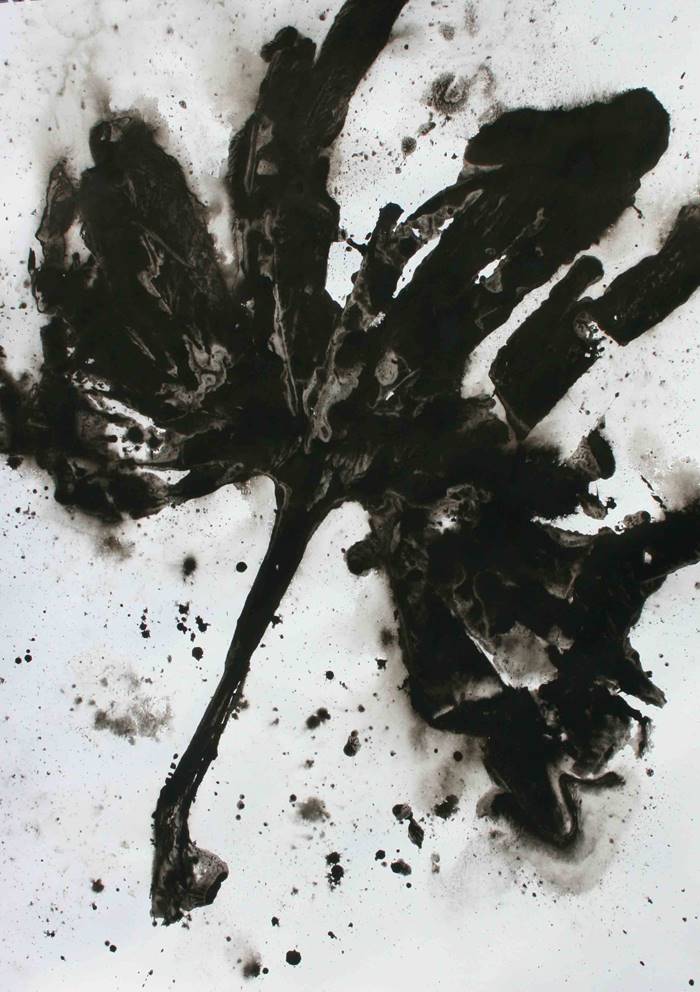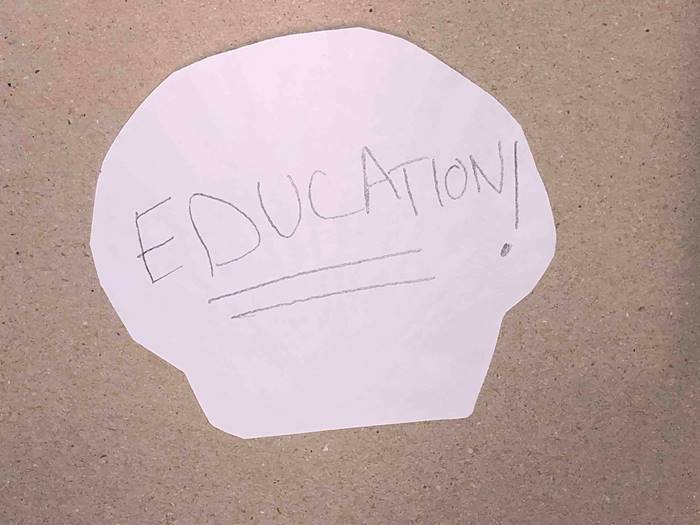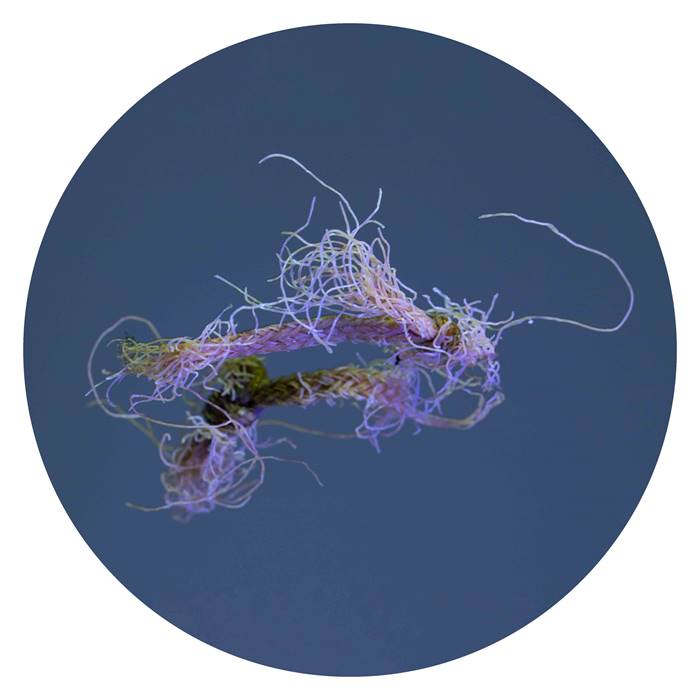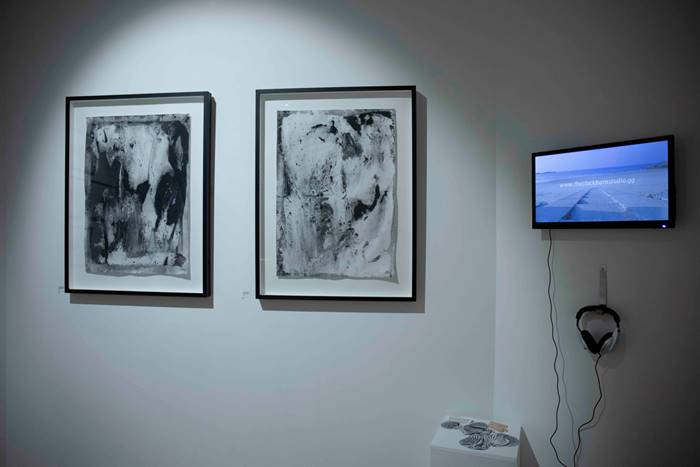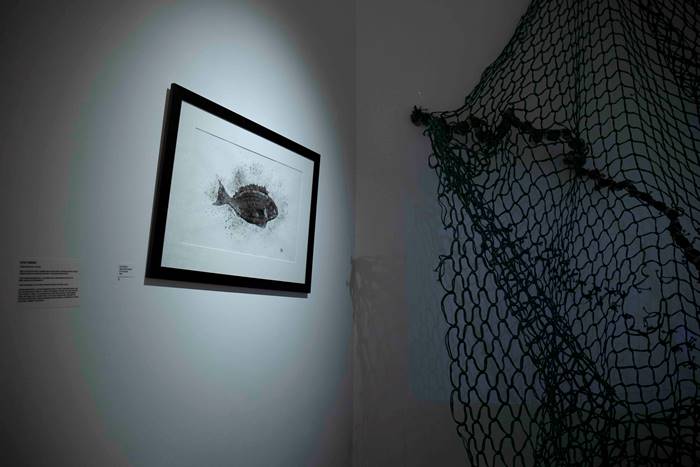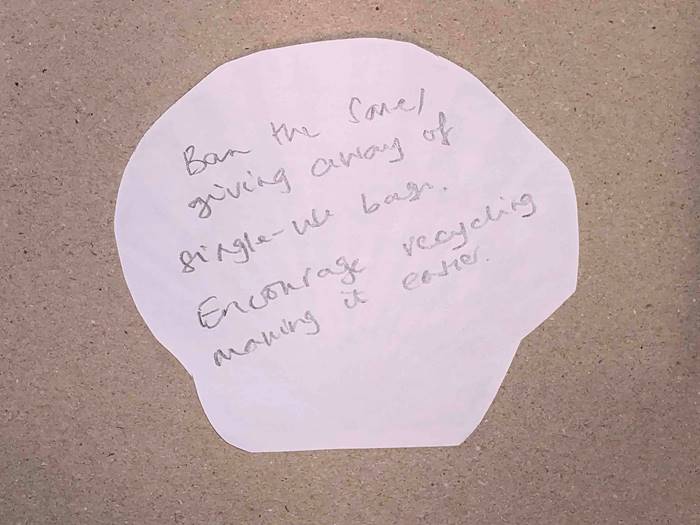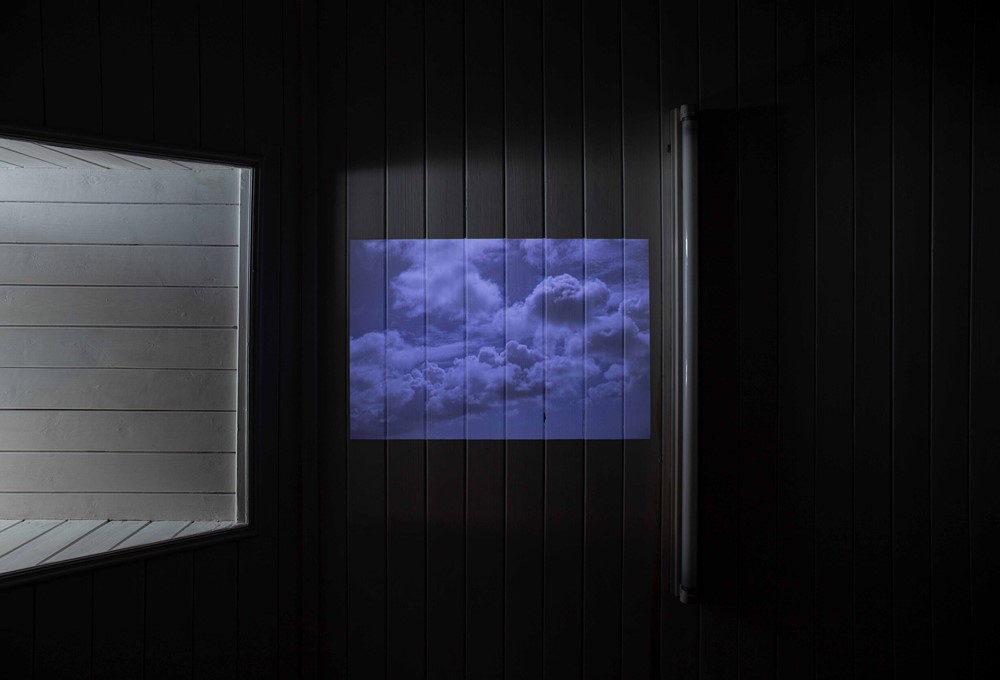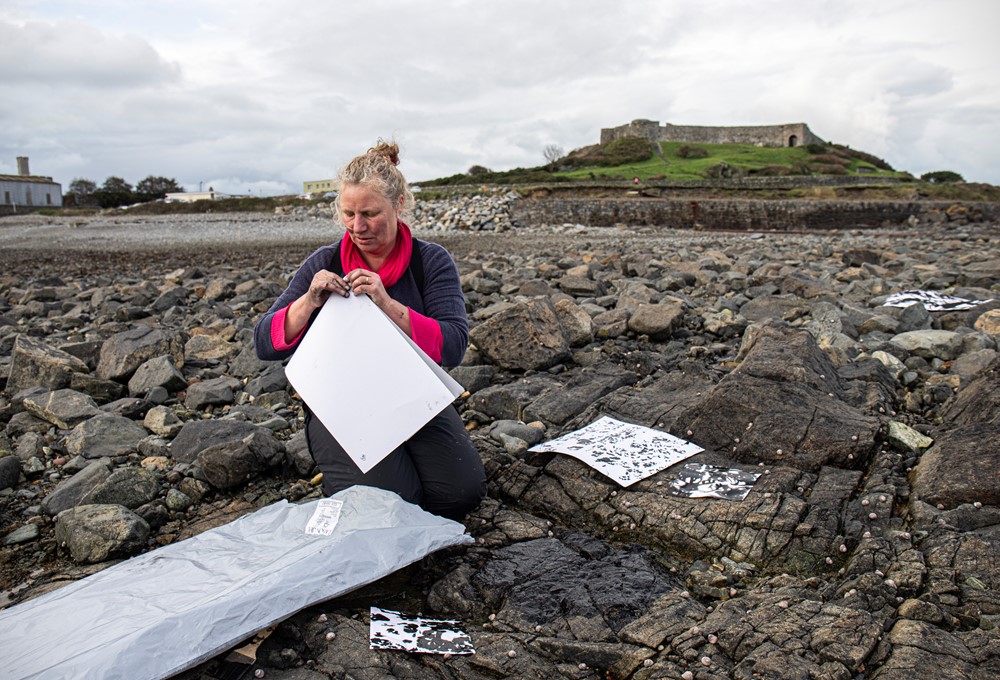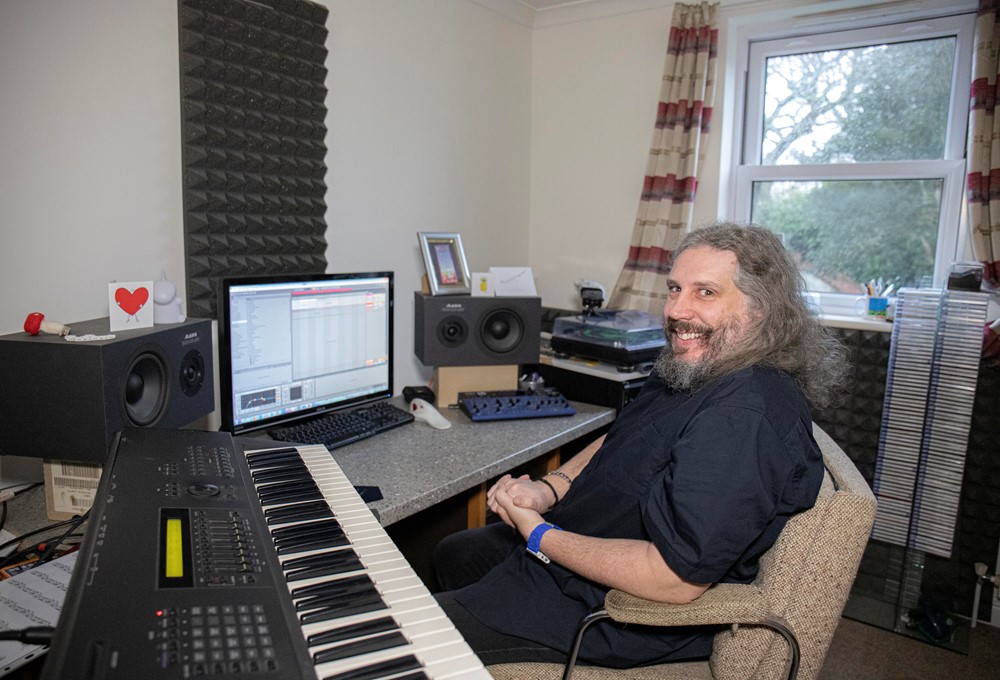Bridget’s work has always been inspired by nature and the environment, particularly that of the seashore.
The Art of Nature on Paper was a project endeavouring to facilitate nature to create art. It was a natural progression that organic mediums be used to create the work and retain its environmental integrity.
Bridget devised methods of using charcoal powder to print the unique and transient patterns left on the shore after the tide had receded.
The images have a raw quality, which seem to retain the very essence of the sea.
Researching natural mediums to print with, Bridget experimented with cuttlefish ink which had very satisfying results. It seemed the obvious way to capture some of the beauty in the seaweeds washed up on the shore: from the sea to the sea.
The work is intended to be a celebration of nature in its purity, indulging in the wonder and magnificence of what is often taken for granted.
Sadly it has become impossible to ignore how precious and rare nature in its unadulterated form is. Most clumps of seaweed washed on our shores are now threaded with the insidious scourge of plastic.
This prompted the idea of the collaborative piece with Monika Drabot and Flexagon, Ghost Net.
Flexagon is a Guernsey-based sound mangler and musical instrument collec-tor. He is also an experienced DJ, music producer, sound engineer and composer.
People moving through the gallery trigger an ever-changing soundscape. Flexagon uses sound bites from popular culture along with abstract musical motifs made with rubbish cleared from Guernsey’s coastline by the Clean Earth Trust. This includes spent shotgun cartridges, water bottles, chemical containers, bicycle wheels and mooring buoys.
Triggered using motion sensors placed around the gallery, the resulting combination of sounds and music is never the same.
Microplastics, which often become ‘food’ for unsuspecting fish, are magnified several times larger than life, alongside the fishing net that leads the food chain back to us.
The images are created using two filters to replicate the effect of pieces floating in the abyss of the ocean. A mixture of abstract items and chewed-up plastic that take on the appearance of small organisms themselves, captured in ‘bubbles’ as the projection of moving coloured light imitates the rhythm of the sea and adds an extra layer of immersion, trapping the viewer in the polluted ocean just like the fish.
We are overrun by waste it is infiltrating our ecosystem, polluting soil, sand and sea. The Beach Clean Project is a citizen science project by The Clean Earth Trust to monitor and map ocean waste across the Bailiwick of Guernsey. Through collecting detailed data, we can start to understand the waste landscape along our coast in more detail, particularly its source. This annual report will then act as a base from which recommendations to local policy makers can be made on how the pollution, and ultimately its effects, can be mitigated.






